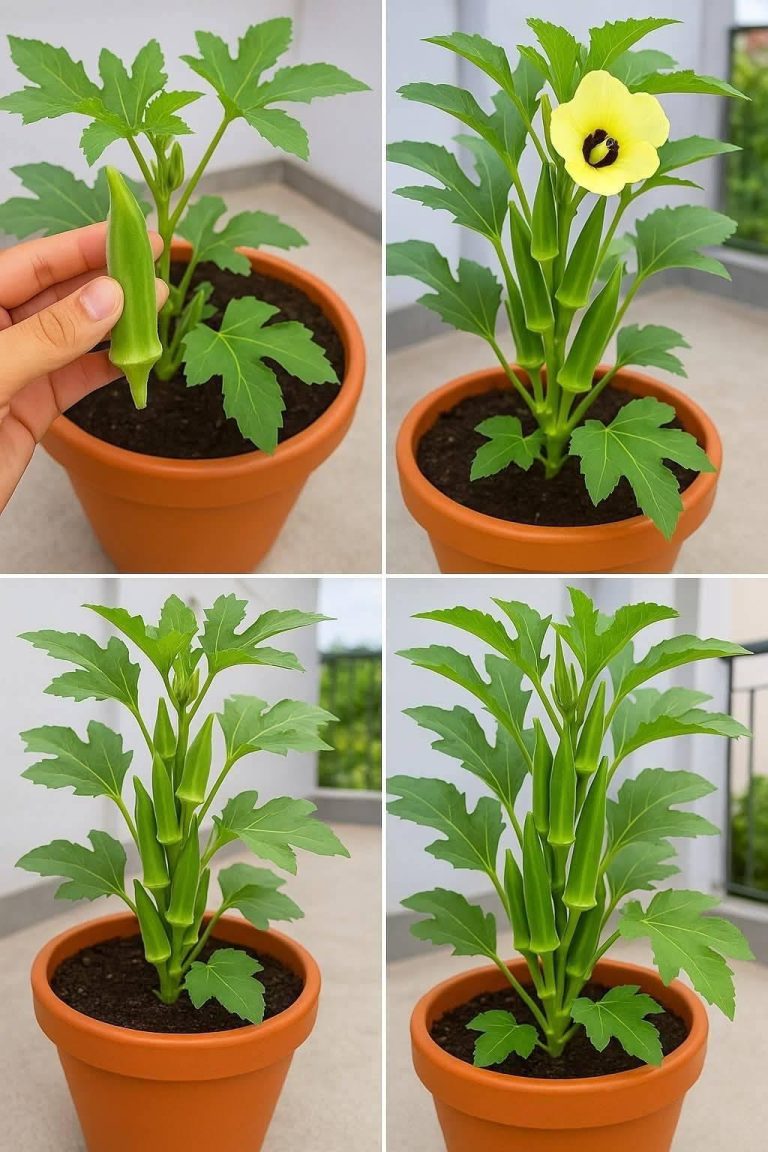6. Watering the Right Way
Water regularly but avoid overwatering.
Keep the soil moist, not soggy.
Water early morning or late evening to reduce evaporation.
7. Fertilize for Strong Growth & High Yield
Feed with liquid compost tea or fish emulsion every 10–15 days.
During flowering, use banana peel fertilizer or wood ash for extra potassium.
Avoid high-nitrogen fertilizers after maturity (they promote leaves over pods).
8. Pruning & Maintenance
Remove yellow or damaged leaves to improve air circulation.
Pinch the top shoot when the plant reaches 2 feet tall to encourage bushier growth.
Mulch with dried leaves or straw to retain moisture and suppress weeds.
9. Pest & Disease Control
Spray neem oil solution (5 ml neem oil + 1 liter water + few drops of liquid soap) every 7–10 days to deter pests.
Watch for aphids, whiteflies, and mealybugs—remove them manually or with a mild soap spray.
Avoid overcrowding and wetting leaves to prevent fungal diseases.
10. Harvesting for Continuous Yield
Pick pods when they are 3–4 inches long and still tender (older pods become woody).
Harvest every 2–3 days to encourage more production.
Use clean scissors to avoid damaging the plant.
Bonus Tip for More Flowers & Pods
Mix 1 tsp Epsom salt in 1 liter water and spray every 15 days—the magnesium boosts flowering and pod formation.
Final Thoughts
With proper care, okra can be one of the most productive and low-maintenance plants in your terrace garden. Whether you’re a beginner or an experienced gardener, following these steps will help you achieve a bountiful harvest from just a few pots.
Happy Gardening! 🌱
